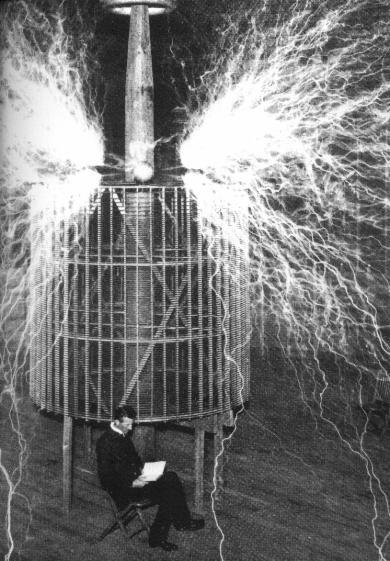Where's the coldest spot in the universe? Not on the moon, where the temperature plunges to a mere minus 378 Fahrenheit. Not even in deepest outer space, which has an estimated background temperature of about minus 455°F. As far as scientists can tell, the lowest temperatures ever attained were recently observed right here on earth.
The record-breaking lows were among the latest feats of ultracold physics, the laboratory study of matter at temperatures so mind-bogglingly frigid that atoms and even light itself behave in highly unusual ways. Electrical resistance in some elements disappears below about minus 440°F, a phenomenon called superconductivity. At even lower temperatures, some liquefied gases become "superfluids" capable of oozing through walls solid enough to hold any other sort of liquid; they even seem to defy gravity as they creep up, over and out of their containers.
Physicists acknowledge they can never reach the coldest conceivable temperature, known as absolute zero and long ago calculated to be minus 459.67°F. To physicists, temperature is a measure of how fast atoms are moving, a reflection of their energy—and absolute zero is the point at which there is absolutely no heat energy remaining to be extracted from a substance.
Read more: http://www.smithsonianmag.com/science-nature/phenom-200801.html#ixzz1dmyNsdVR
The record-breaking lows were among the latest feats of ultracold physics, the laboratory study of matter at temperatures so mind-bogglingly frigid that atoms and even light itself behave in highly unusual ways. Electrical resistance in some elements disappears below about minus 440°F, a phenomenon called superconductivity. At even lower temperatures, some liquefied gases become "superfluids" capable of oozing through walls solid enough to hold any other sort of liquid; they even seem to defy gravity as they creep up, over and out of their containers.
Physicists acknowledge they can never reach the coldest conceivable temperature, known as absolute zero and long ago calculated to be minus 459.67°F. To physicists, temperature is a measure of how fast atoms are moving, a reflection of their energy—and absolute zero is the point at which there is absolutely no heat energy remaining to be extracted from a substance.
Read more: http://www.smithsonianmag.com/science-nature/phenom-200801.html#ixzz1dmyNsdVR

